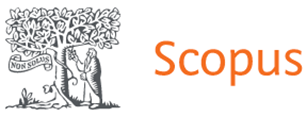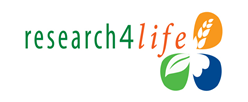Ukrainain Swearing in the Mirror of German Translation
DOI:
https://doi.org/10.15330/jpnu.2.2-3.66-70Keywords:
swearing, obscene words, translationAbstract
The article deals with the problem of swearing and its translation from Ukrainian into
German. It provides the analyses of the previous researches covering the topics “foul language”,
“obscene language” and “swearing”. Swearing is a language taboo that conveys the negative
energy a speaker wants to get rid of by the means of shifting it on the recipient. It is not always the
recipient who is the addressee of the swearing, since language taboo includes the usage of an
address-free swearing, the latter one belonging to the parenthetic words which are language
incrustations and which do not carry semantic meaning. But in the language there are also other
obscene words with the semantically-lowered connotation. The article reveals the differences in the
usage of swear language by different nations, it also provides the comparison of the Ukrainian,
Russian and German swearing. It is pointed out that Russian obscene language is more connected
to the rude names of genitals, sexual intercourse and sexual deviations, but it is less connected to
the physiological ejections. The article studies the influence of the Russian culture on other nations’
cultures, including the Ukrainian one. In the Ukrainian and German languages, contrary to the
Russian language, obscene words are mainly connected to the physiological ejections (scatological
humour). After careful study of the certain scholars works the author of the article also
demonstrates the ways obscene words come up in the Ukrainian language. The article also
demonstrates the ways of translation of the swearing the examples being provided from the from
the post-modern literature works.











